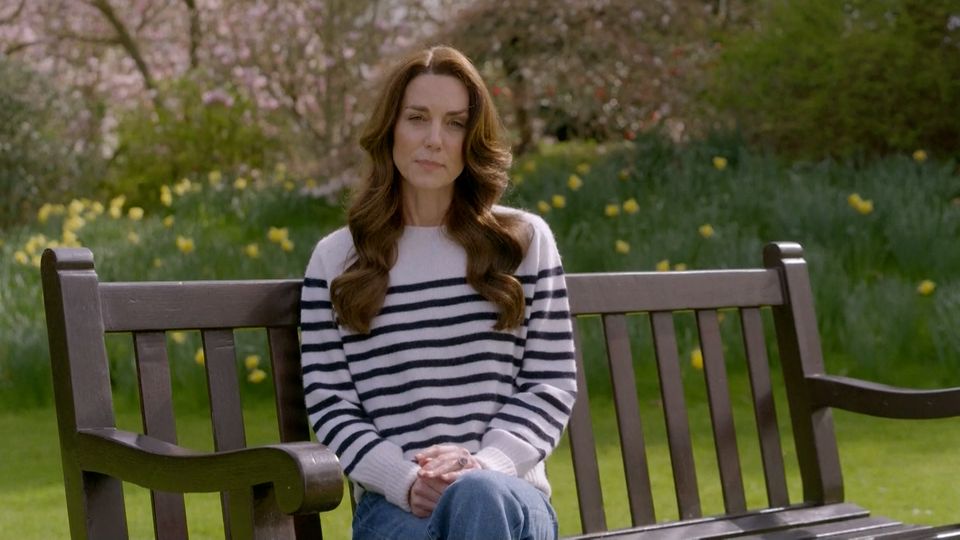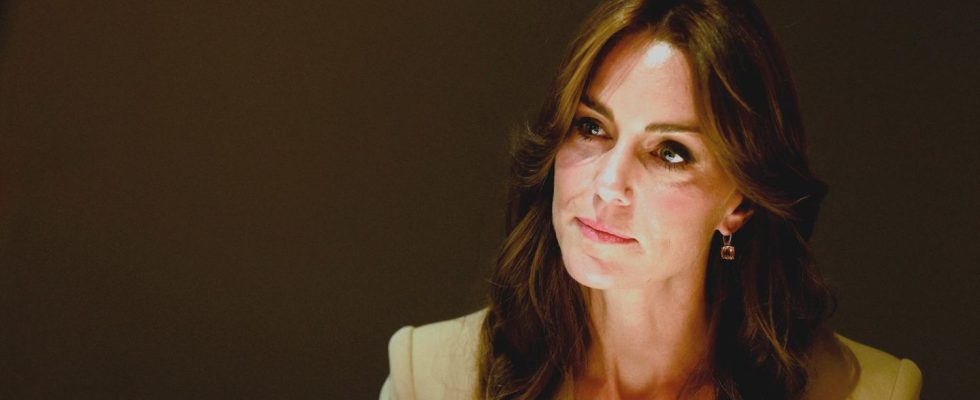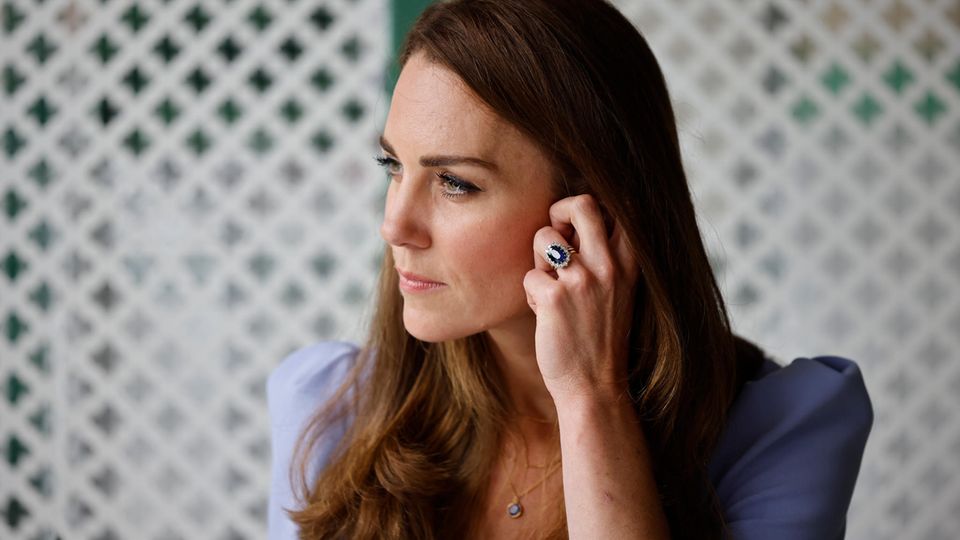Princess Kate’s diagnosis
Cancer in younger people: The risk is never zero
The news of Kate’s cancer was shocking, also because of her age and fitness. But both age and gender are not decisive for the disease
© Peter Nicholls / Picture Alliance
We associate the dreaded disease with old age, harmful substances or risky behavior. But unfortunately it can occur without any apparent trigger – and can affect anyone.
In the past few days, even before the publication of her very personal video, much has been made critically about how the mass media and the Internet deal with the Princess of Wales’s most private affairs. And rightly so, I think. And my colleague Cornelia Fuchs has in their current analysis underlined what should apply: “All of us who simply allow ourselves to be entertained by this pomp, we must not demand that this woman, this family, reveal her soul to us.” And certainly not her medical records either.
Princess Kate has now decided to share the knowledge about her cancer with the world. And even announced that she was receiving preventative chemotherapy. Such treatment can significantly reduce the risk of possible disease progression. But it also makes it clear: this risk is real. When a patient speaks so openly to all of us about such a dramatic fact, but decides not to give more precise details, there are questions that are out of the question. This primarily includes speculation about the exact type of tumor as well as predictions based on guesswork and estimates in the social media homemade style.

The number of tumor diagnoses increases between 40 and 49 years of age
However, what is crucial for understanding the shocking news is its classification in the statistics of cancer cases. Every empathetic person wants to spontaneously understand how such an insidious suffering, which is subjectively (and with some justification) associated with older age, can affect a young woman and mother of 42. Perhaps this humanly understandable shock also explains why the reactions to King Charles’ recently announced diagnosis – although also characterized by sympathy – were noticeably different in terms of concern than the current ones.
In fact, in the fifth decade of life, between the ages of 40 and 49, the frequency of tumor diagnoses begins to rise significantly faster than before. This can be clearly seen in the official British statistics, and it is the same in Germany. It is only in their mid-50s that the number of men newly diagnosed with cancer overtakes the number of women. This is largely due to breast cancer, which is the most common cancer in women. Its increase begins earlier than with most other common cancers. The spectrum of tumor types changes smoothly from decade to decade, with breast cancer always remaining the most common in women over 30 years of age. In the elderly, colon and lung cancer are increasing significantly, but virtually any human tissue can be affected by cancer.
Tumor formation cannot be completely ruled out due to younger age
From the clear age distribution of tumor diseases, one should not conclude that there are people or age groups without any risk of cancer. It is never zero, and it also varies from person to person – and continues to increase for each and every one of us over our lifetime. This is because every cancer is a disease of the genome, i.e. it is caused by damage to the genetic material of cells, which can largely have two reasons:
- On the one hand, inherited risk genes, which often lead to early tumor development and are usually noticeable through an accumulation of cases in families. The best-known of these genes are the BRCA variants in breast cancer, whose carriers are entitled to closer early detection.
- On the other hand, damage to the genetic material often occurs completely spontaneously, i.e. without any external cause. They accumulate over long years. There are also damaging influences. The best-known examples are ultraviolet radiation in skin cancer and tobacco smoke in lung cancer. What is typical for them is that there are often many years between cause and effect – the risky behavior began at a young age, the cancer only breaks out in retirement age. This is what we usually consider to be the normal case.
However, it is a mistake to assume that earlier tumor formation could be completely ruled out because one lives healthily, is younger and avoids foolishness. It isn’t, just rarer – and usually in no way attributable to specific individual behavior. The fact that the actually robust but also fragile genetic information in our trillions of body cells can be damaged, with very far-reaching consequences, is a fate that we share with all multicellular living beings.
And with people from all walks of life. Whether king, princess or ordinary citizens like you and me, it can actually affect anyone – and only modern medicine for everyone has meant that a cure or years of relief can now be achieved for a large number of tumor diseases.
The world-famous patient shared an optimistic prognosis for herself; But as I said, she didn’t hide the fact that she, like many thousands of those affected, is undergoing preventative chemotherapy. This has the task of rendering any tumor cells remaining in the body harmless and preventing a return of uncontrolled growth. Although stressful, such treatment can be well tolerated today, especially in younger years. It attacks the cell structure or directly the genetic material, especially of the degenerated cells that may have been left behind after an operation. And as stressful as the constant pull of publicity and our collective curiosity certainly is, one thing is certainly comforting now: many millions of people sincerely wish the Princess of Wales a speedy and full recovery.



